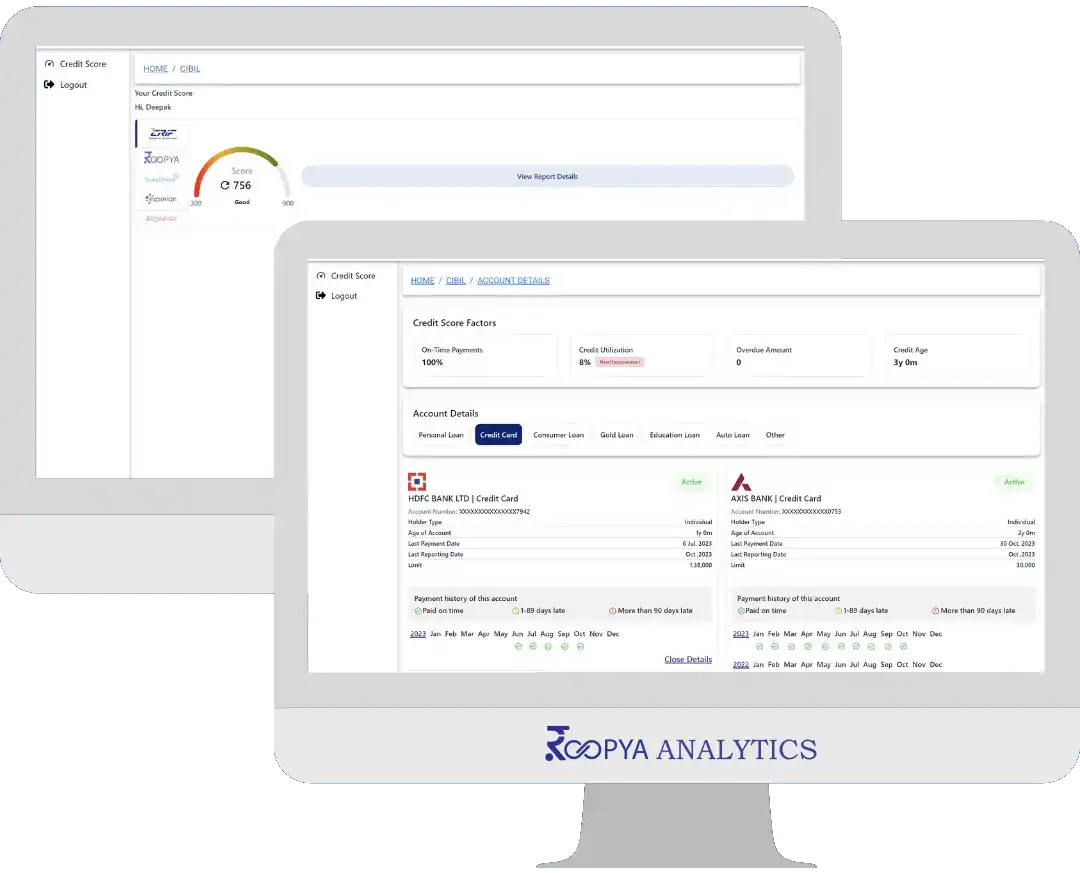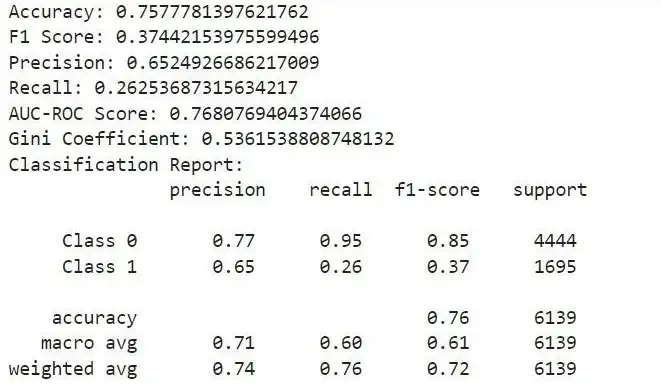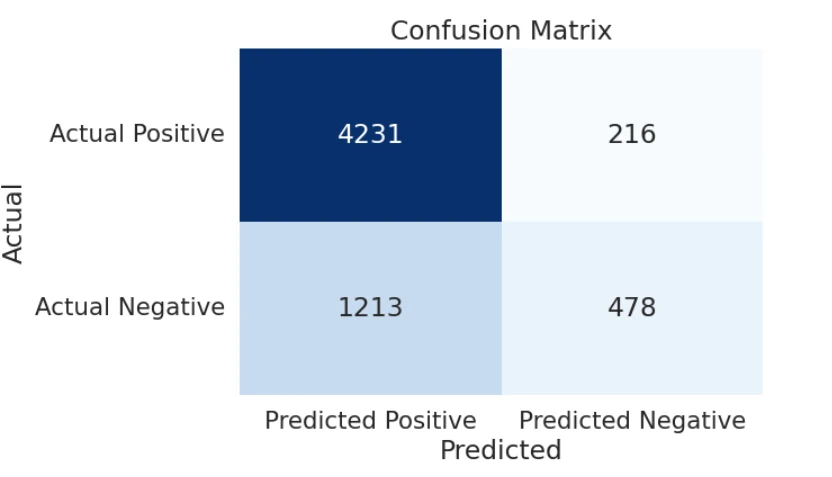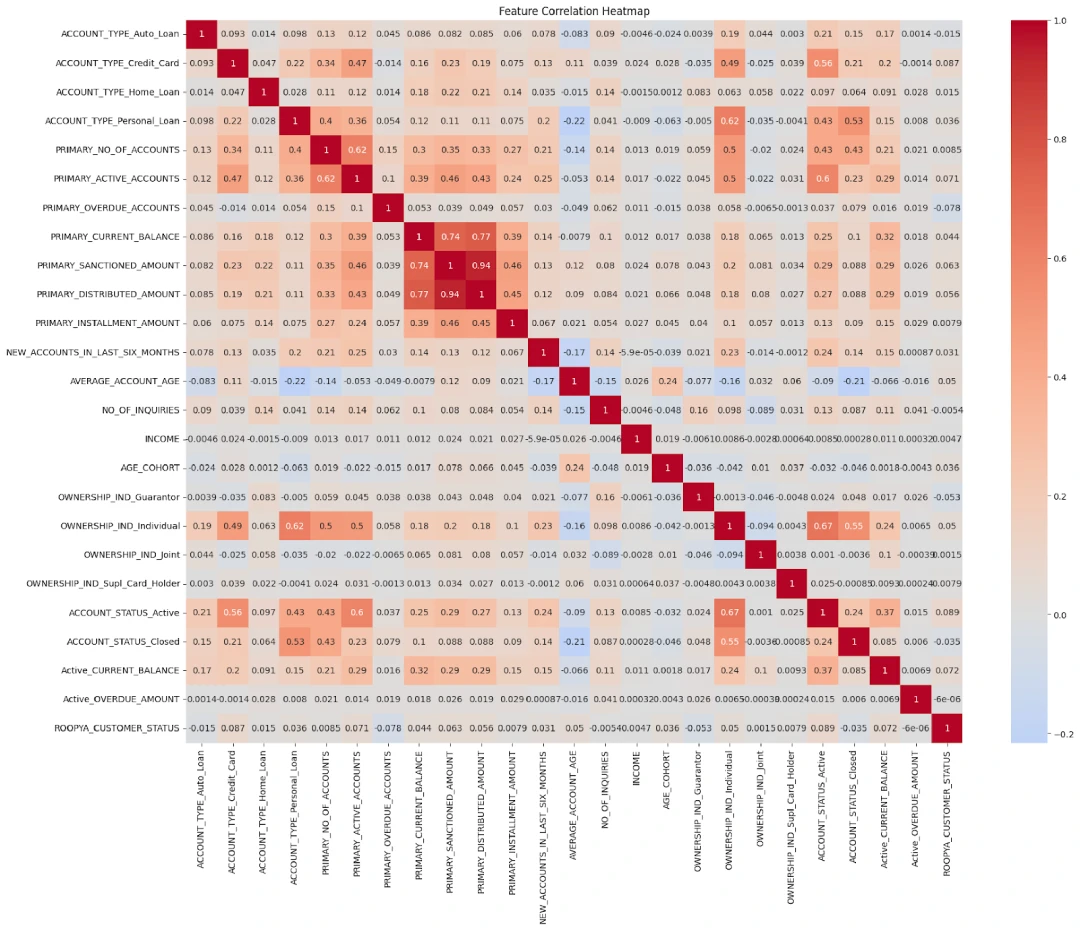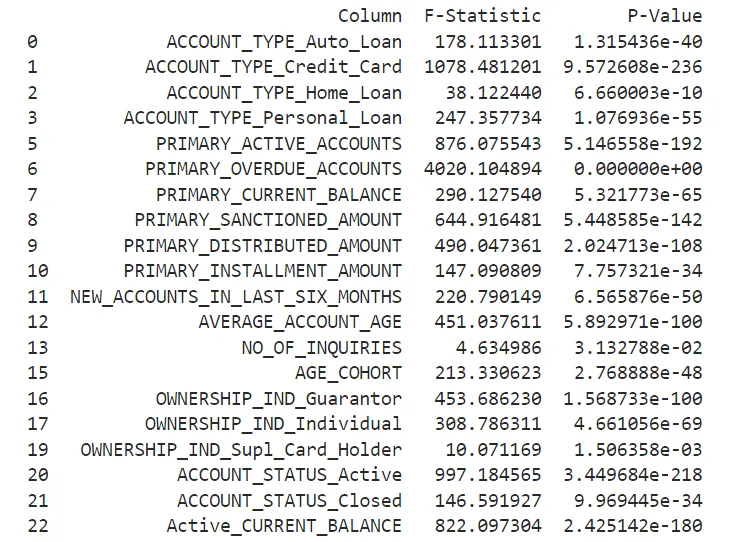| Data Collection and Integration |
Gathers and cleans data from various sources for holistic analysis. |
- Connects to internal systems, credit bureaus, and public databases.
- Cleans and standardizes data for consistent analysis.
- Handles missing data imputation and outlier detection.
|
| Feature Engineering |
Creates new features to improve model performance and capture hidden insights. |
- Provides tools for calculating ratios, transforming variables, and creating interaction terms.
- Suggests relevant features based on domain knowledge and data analysis.
- Allows customization of feature creation based on specific needs.
|
| Model Selection |
Offers various modeling techniques (Logistic Regression, Decision Trees, Gradient Boosting, etc.) to fit different data and needs. |
- Guides in choosing the most suitable model based on data characteristics and scoring objectives.
- Provides automated model comparisons and performance metrics.
- Allows for experimentation with different models and feature combinations.
|
| Automatic Feature Selection |
Identifies the most relevant features for the model, saving time and effort. |
- Utilizes advanced algorithms like LASSO and feature importance ranking.
- Reduces model complexity and improves interpretability.
- Helps avoid overfitting and enhances model generalizability.
|
| Model Calibration and Validation |
Ensures model outputs accurately reflect the true risk of default. |
- Calibrates models to ensure predicted probabilities match actual default rates.
- Provides backtesting tools to evaluate model performance on historical data.
- Offers tools for stress testing and assessing model sensitivity to changes.
|
| Scorecard Generation |
Generates customizable scorecards based on the chosen model and scoring methodology. |
- Creates scorecards with clear score ranges, risk categories, and decision rules.
- Allows defining scorecard granularity and weightings for different factors.
- Provides various scorecard visualization options for better understanding.
|
| API Integration |
Integrates scorecard with existing lending systems for automated credit decisions. |
- Offers APIs for seamless integration with loan origination and decisioning systems.
- Enables real-time scoring and automated decision making based on score thresholds.
- Improves efficiency and reduces manual intervention in credit decisions.
|
| Monitoring and Reporting |
Tracks scorecard performance over time and identifies changes in risk factors. |
- Provides dashboards and reports for monitoring key metrics like accuracy, stability, and fairness.
- Tracks changes in borrower behavior and market conditions that might impact risk.
- Generates alerts for potential issues and prompts for model retraining if needed.
|
| Explainability |
Provides explanations for score decisions, improving transparency and fairness. |
- Offers feature importance analysis to understand what factors contribute to the score.
- Generates explanations tailored to specific borrowers and regulatory requirements.
- Helps build trust and understanding with borrowers about credit decisions.
|
| Regulatory Compliance |
Ensures adherence to relevant regulations and best practices. |
- Provides built-in checks for compliance with industry standards like Fair Isaac and Dodd-Frank Act.
- Offers audit trails and documentation for regulatory reviews.
- Updates platform according to changing regulatory requirements.
|
| Scalability |
Handles large data volumes and complex scoring requirements. |
- Cloud-based infrastructure scales to accommodate growing data volumes and user base.
- Supports complex models and scoring methodologies for diverse lending needs.
- Provides flexibility for customization and future expansion.
|
